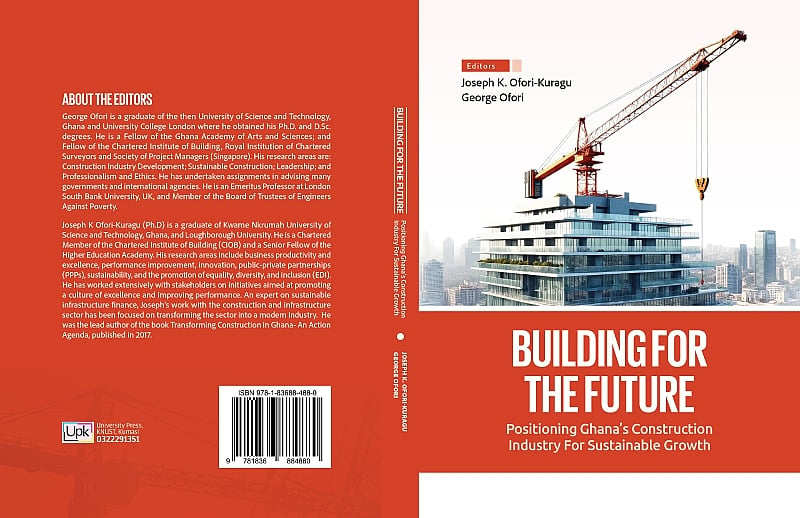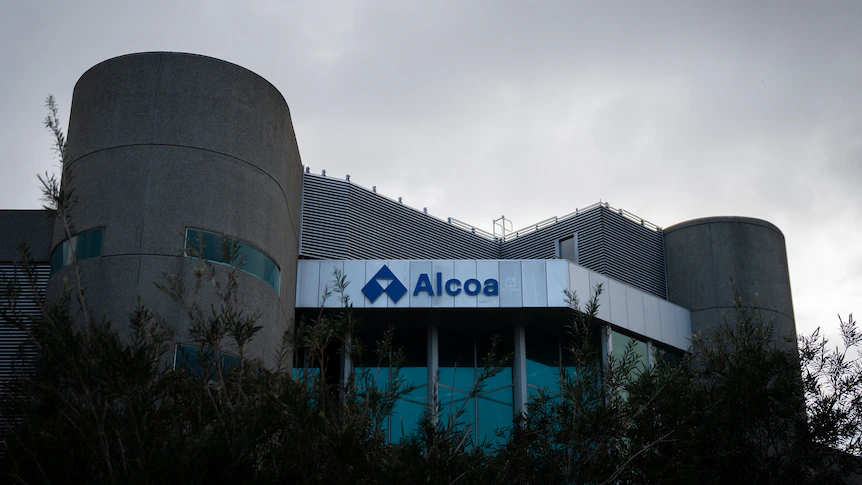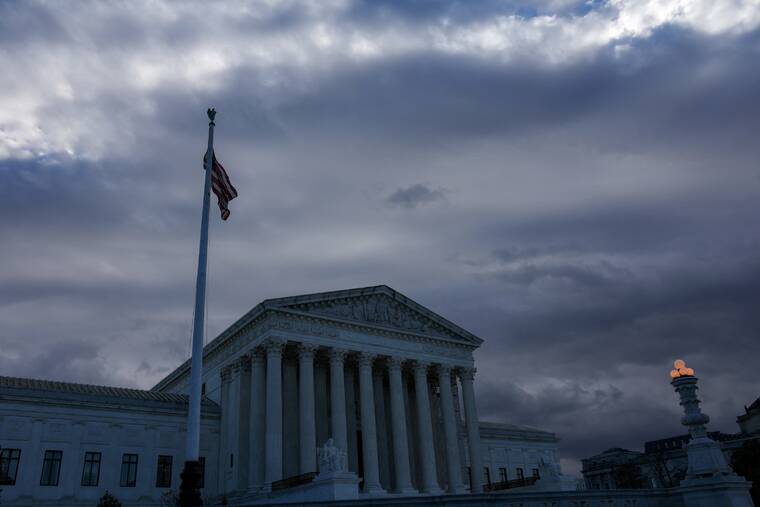Copyright modernghana

The National Development Planning Commission (NDPC) has relaunched the Ghana Infrastructure Plan (GIP) as part of efforts to guide the country’s long-term development strategy. The relaunch, presided over by President H.E. John Dramani Mahama, forms part of a broader national vision to transform Ghana’s economic and physical landscape ahead of its 100th anniversary in 2057. Initially developed in 2016 to complement the 40-Year Development Plan (2018–2057), the GIP was revised in 2019 to reflect evolving national priorities. Despite these efforts, implementation has lagged behind expectations. The renewed initiative, therefore, seeks to restore momentum and reaffirm infrastructure development as a foundation for sustainable economic growth and national competitiveness. Priority Areas under the Revitalised Infrastructure Plan The GIP outlines a comprehensive strategy for improving infrastructure across key sectors, including energy, transport, housing, information and communications technology, and environmental management. In the energy sector, two transformational projects stand out: the construction of a 60,000-barrels-per-day oil refinery in the Western Region and the establishment of Ghana’s first nuclear power plant by 2029. Together, these are expected to secure the country’s energy future, reduce dependence on imported fuels, and strengthen industrial production. The transport component of the plan is equally ambitious. It includes three major bridges across the Volta Lake, new circular and arterial road systems for Greater Accra, and bypasses along trunk routes in cities such as Kumasi, Tamale, Cape Coast, and Takoradi. A four-lane Accra–Kumasi expressway and a coastal corridor forming part of the Lagos–Abidjan route are also key priorities. For rail transport, the GIP proposes a direct railway link between Tema Port and Boankra Inland Port, as well as Ghana’s first underground rail system connecting Accra and Adenta. Additional suburban rail lines are planned for Accra, Kumasi, Tamale, and Sekondi–Takoradi, complemented by north–south, transversal, and Trans-ECOWAS routes. Aviation and maritime projects are also central to the plan. These include a new international aerotropolis at Prampram, a new Kumasi Airport at Ankaase, and upgrades to regional airports to support tourism and trade. Coastal areas are expected to benefit from new fishing ports and landing sites to strengthen marine transport and local livelihoods. Beyond these projects, the GIP envisions the development of a modern smart city at a strategic location, the construction of teaching hospitals in every medical training institution, and the addition of about 520,000 hotel rooms through private investment. It also proposes nationwide technology parks, business processing centres, and an electric vehicle charging network to support digital and green growth. The Financing Challenge: Bridging the Infrastructure Gap Estimates from the NDPC indicate that Ghana will need to invest around 37.2 billion United States dollars annually over the next 30 years to meet its infrastructure goals. This equates to roughly 1.1 trillion dollars between 2018 and 2047, with an additional 237.4 billion dollars required for maintenance, bringing the total to approximately 1.35 trillion dollars. Such an investment target presents a formidable challenge. With fiscal space constrained, public debt rising, and concessional financing declining, traditional methods of funding infrastructure are no longer sufficient. Innovative and diversified financing approaches are urgently needed to mobilise resources at the required scale. Exploring New Pathways for Infrastructure Financing To address the gap, the NDPC has proposed several innovative measures to attract both domestic and international financing. These include land-based financing and value capture mechanisms, adding value to mineral resources through local processing, reducing illicit financial flows, and leveraging the Ghana Infrastructure Investment Fund (GIIF) to attract global investors. While these strategies are promising, they will not generate all the resources required. Heavy reliance on borrowing could also worsen fiscal pressures. It is therefore important to pursue blended financing models that combine public oversight with private sector efficiency, creating a more resilient and sustainable financing ecosystem. Public–Private Partnerships: A Vehicle for Sustainable Delivery Public–Private Partnerships (PPPs) remain one of the most effective ways of mobilising long-term investment for infrastructure development without increasing public debt. Through PPPs, the private sector can contribute capital, technical know-how, and operational efficiency while government ensures oversight and alignment with national priorities. Although the GIP identifies some projects, particularly in tourism and hospitality, as PPP-driven, most of the proposed initiatives still lack clear financing frameworks. There is therefore a need for a structured assessment to determine which projects are suitable for PPP implementation and which should rely on public financing. A national panel of PPP specialists could play a key role in evaluating the financial and technical viability of projects and advising on their appropriate structures. This would ensure PPPs are used strategically and consistently, reducing fiscal risks while promoting sustainable infrastructure growth. Strengthening the System to Support Effective PPPs A major constraint to successful PPP implementation in Ghana is limited institutional capacity. Many ministries, departments, agencies, and local governments lack the expertise to identify, design, and manage complex partnership projects. The Ministry of Finance, in collaboration with the Ghana Infrastructure Investment Fund, should therefore lead efforts to strengthen technical capacity and establish frameworks for developing bankable projects that can attract credible investors. Enhancing investor confidence will also be crucial. Transparent regulatory processes, open communication, and proactive project promotion are essential. Investment roadshows, both local and international, would give investors greater insight into Ghana’s infrastructure pipeline and showcase the government’s commitment to building sustainable partnerships. A Renewed Commitment to Ghana’s Development Vision The relaunch of the Ghana Infrastructure Plan signals more than the revision of a policy document—it represents a renewed national determination to build a modern, competitive, and inclusive economy. Achieving the plan’s goals by 2047, and ultimately by 2057, will require strong leadership, effective coordination, and innovative financing models. If Ghana can successfully mobilise the necessary resources through well-structured public–private partnerships and sound investment management, the country could experience one of the most significant infrastructure transformations in its history, laying a firm foundation for prosperity in the decades ahead. About the AuthorDr. Joseph K. Ofori-Kuragu is a Public–Private Partnership (PPP) expert based at Anglia Ruskin University, UK. He is a Director at Innovation Inc (www.innovationinc.group) and can be reached at joseph.ofori@aru.ac.uk.



